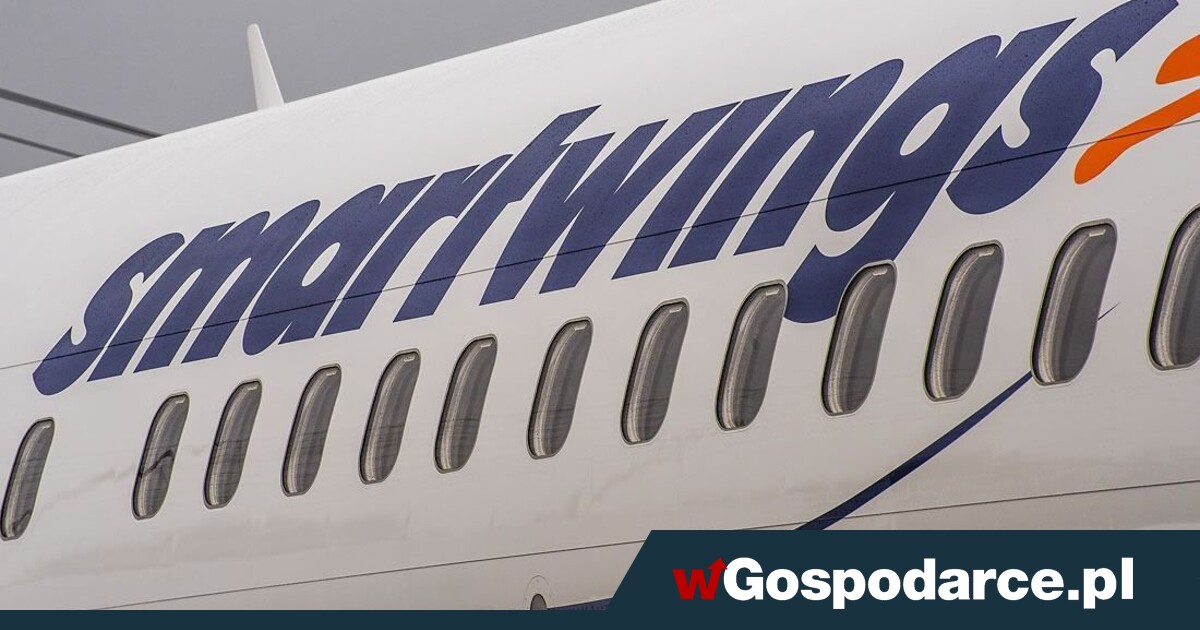Grocery price inflation eased slightly to 5% in August, down from 5.2% in July, but remains at levels that continue to squeeze household budgets. The four-week period to August 10 showed the marginal improvement after inflation had risen from 4.7% in June to its highest level since January 2024.
The data comes from market research firm Worldpanel by Numerator, which was recently renamed from Kantar. Fraser McKevitt, head of retail and consumer insight at Worldpanel, said: "We've seen a marginal drop in grocery price inflation this month, but we're still well past the point at which price rises really start to bite and consumers are continuing to adapt their behaviour to make ends meet."
McKevitt warned that supermarket costs impact spending across the high street. He said: "What people pay for their supermarket shopping often impacts their spending across other parts of the high street too, including their eating and drinking habits out of the home."
Restaurant visits decline
Restaurant visits fell by 6% during the three months to mid-July compared to last year, with casual and fast service establishments particularly affected. The decline reflects how grocery price pressures ripple through consumer spending beyond supermarket shopping.
Despite cost pressures, shoppers still seek treats, with branded grocery sales growing 6.1% compared to own-label alternatives at 4.1%. Branded products made up 46.4% of all grocery spending, dominating personal care, confectionery, and drinks categories with more than 75% market share.
Premium alternatives thrive
Premium own-label products also performed strongly, rising 11.5% during the period. This suggests consumers are trading selectively rather than abandoning quality entirely.
The data reveals changing eating habits beyond inflation concerns. McKevitt said: "The humble fish finger remains as popular as ever and nearly one billion were sold in the past year, with more than half of households grabbing a box." The milestone comes as fish fingers approach their 70th anniversary in September.
Convenience drives growth
McKevitt said: "The average home cook now spends three minutes less preparing the evening meal than they did in 2017 at just under 31 minutes. We can see this trend in the growth of things like microwaveable rice, ready meals and chilled pizza too, which have grown by 8%, 6% and 5% respectively."
Lidl and Ocado tied as the fastest-growing grocers with identical 10.7% sales growth over 12 weeks to August 10. According to The Guardian, Lidl now holds 8.3% market share, just 0.1 percentage points behind Morrisons at 8.4%.
Market shifts continue
Tesco enjoyed its largest monthly share gain since December 2024, rising 0.8 percentage points to 28.4% market share with 7.4% sales growth. In contrast, Asda saw sales decline 2.6% while Co-op fell 3.2% compared to the previous year.
The competitive shifts highlight how discount retailers continue to challenge traditional market leaders during inflationary periods. Coffee shops bucked the dining decline trend with continued sales growth, according to The Guardian.
Sources used: "PA Media", "The Guardian" Note: This article has been edited with the help of Artificial Intelligence.








